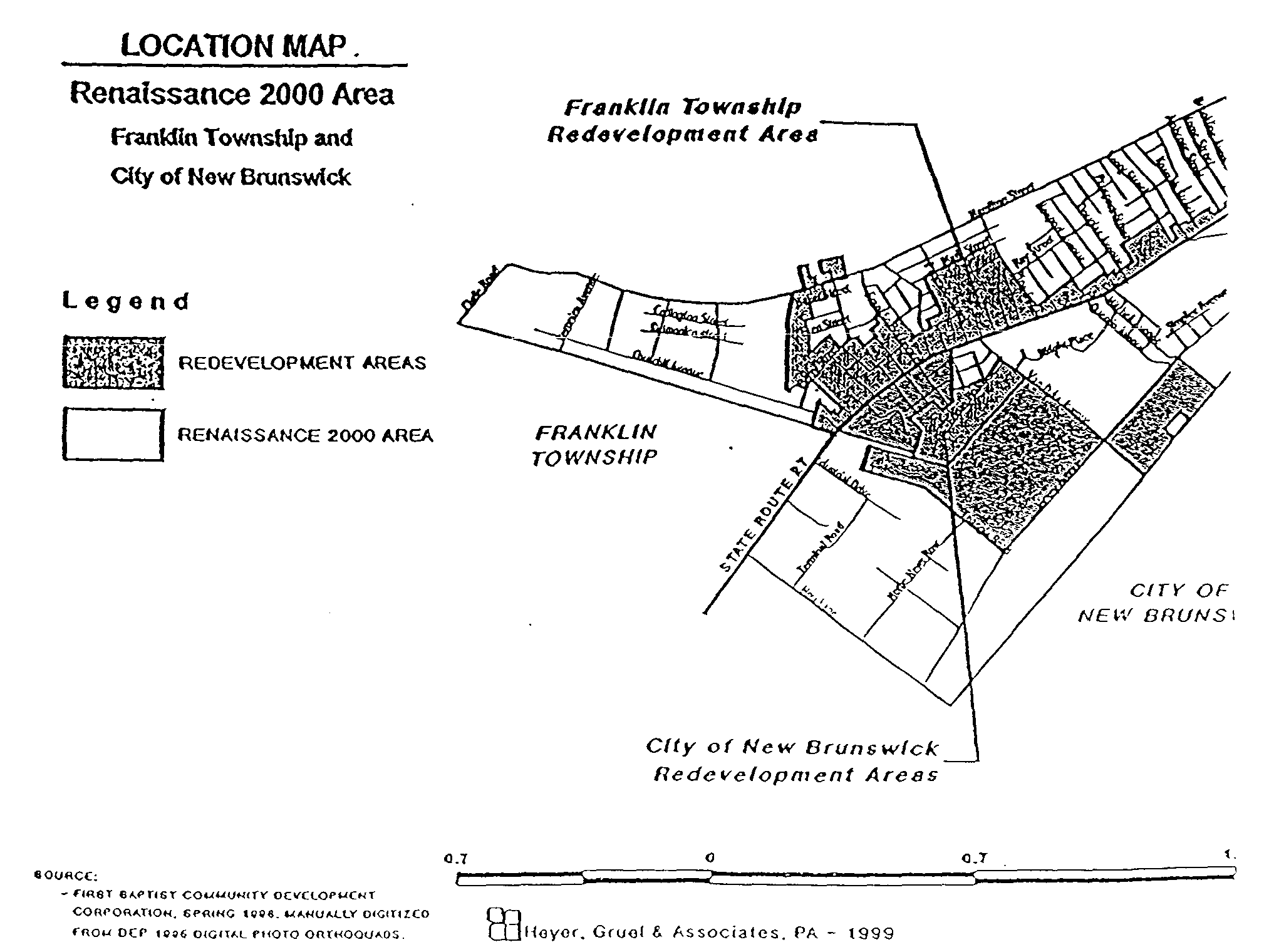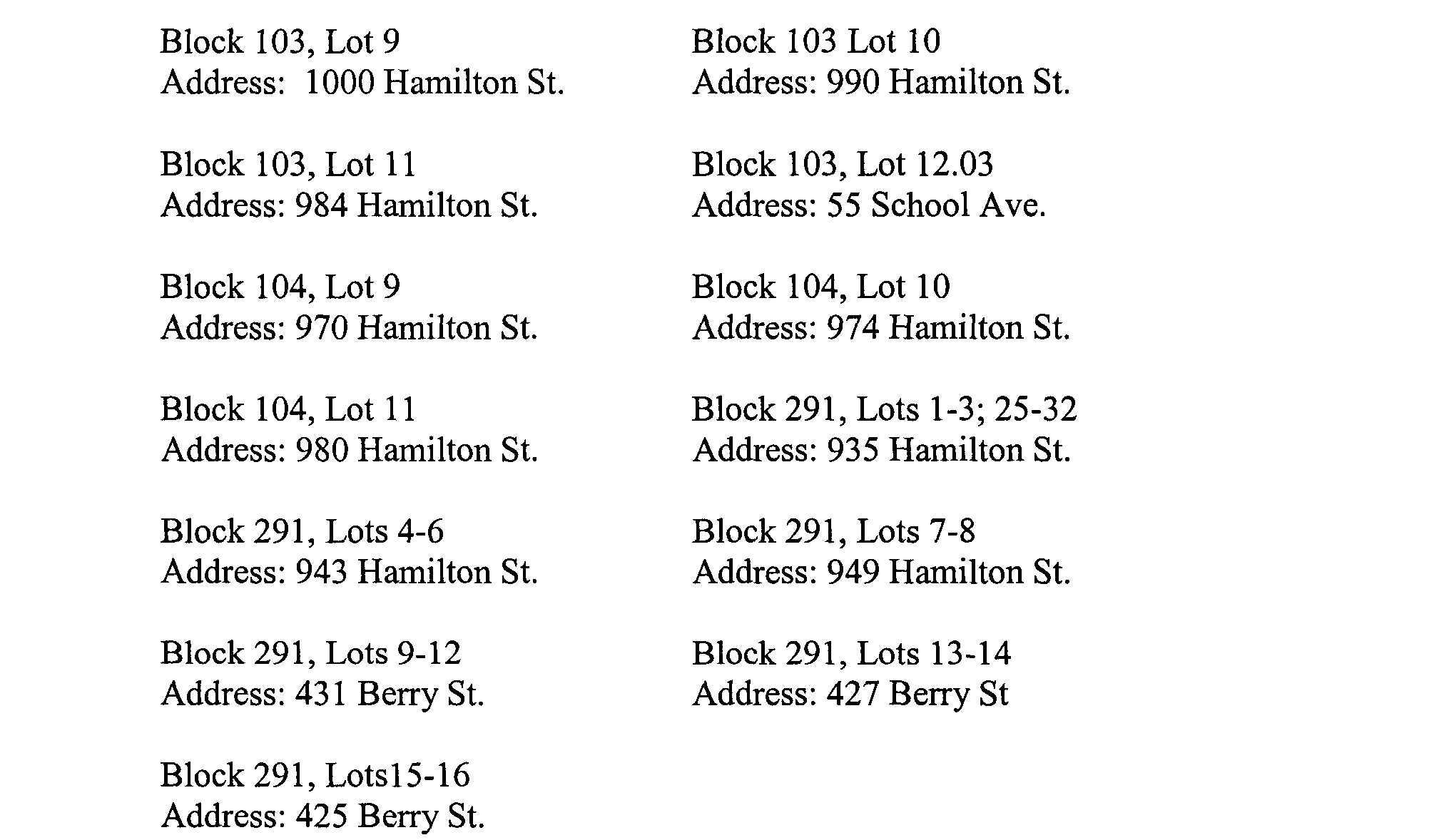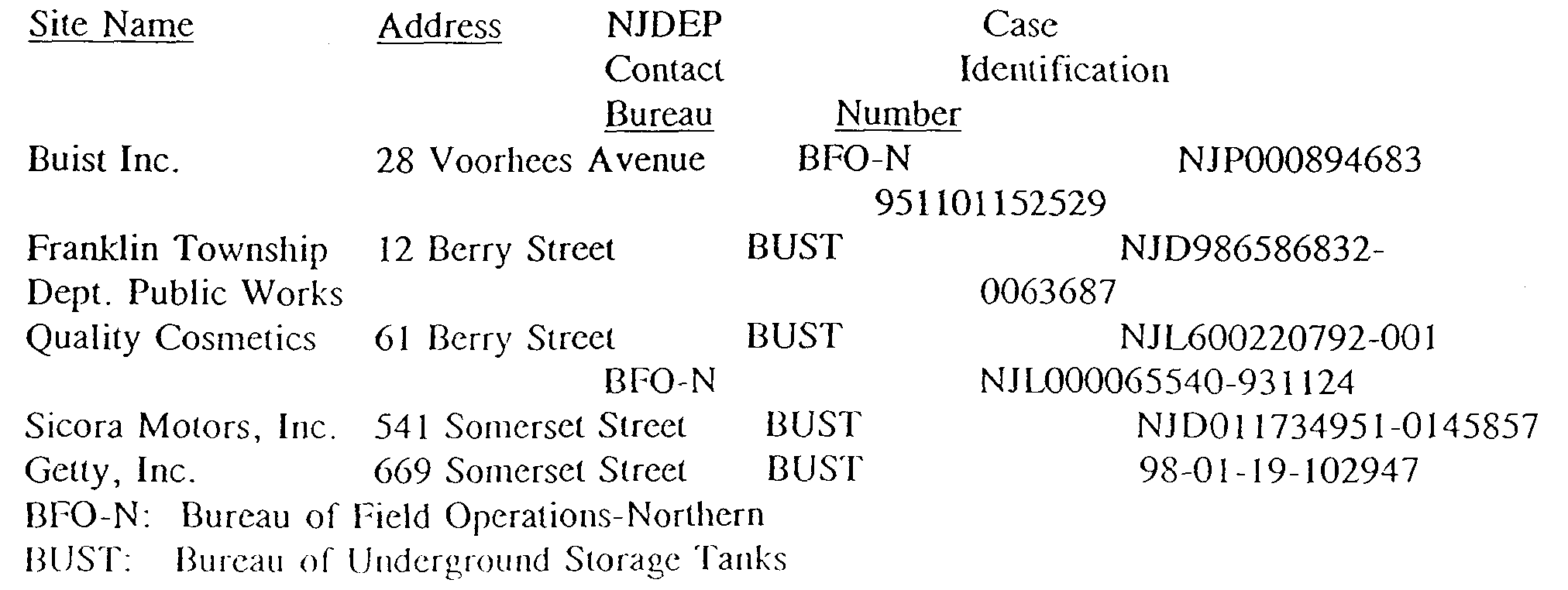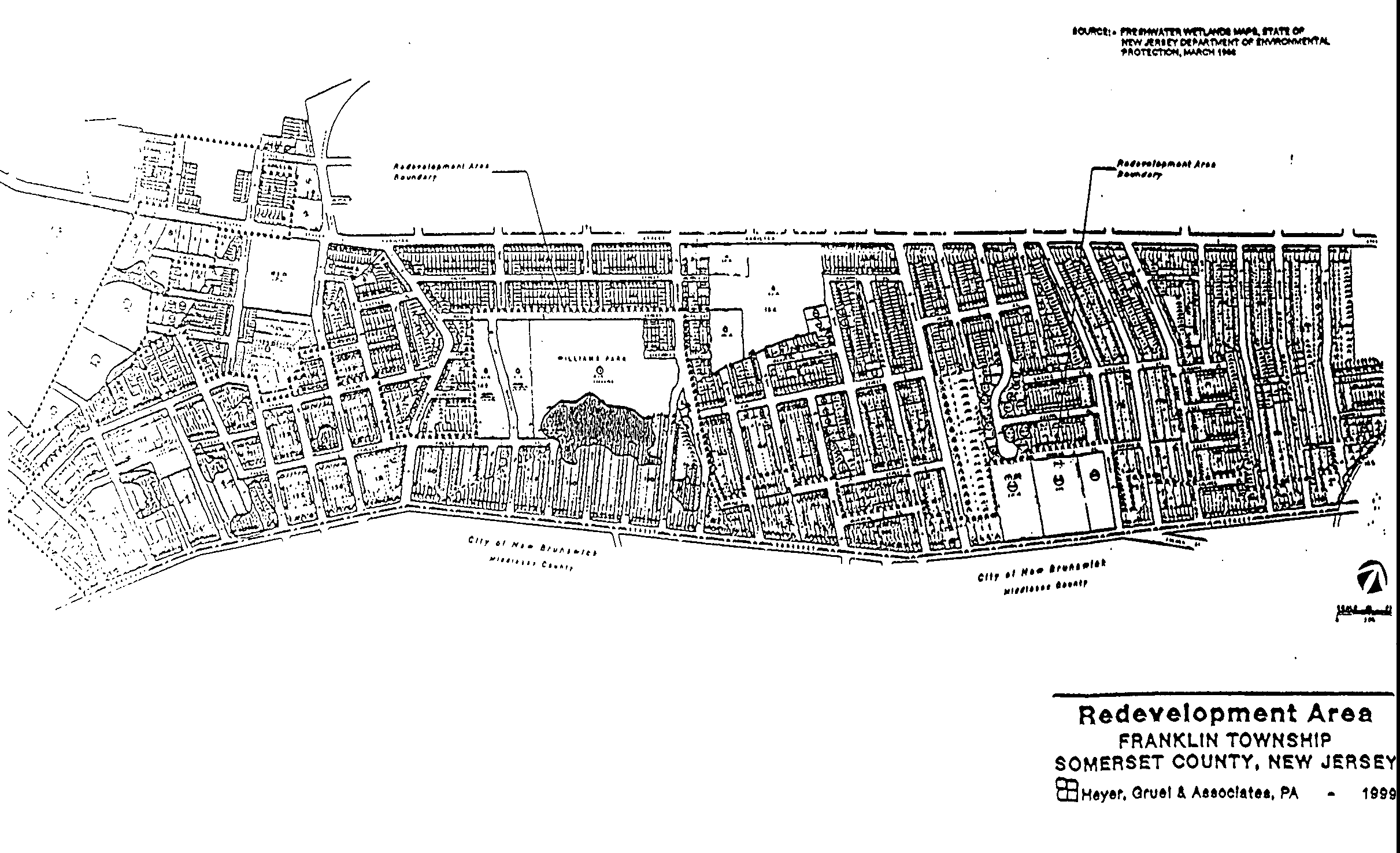[Added 8/12/98 by Ord. No. 2097]
A. Definitions.
For the purpose of this Chapter, the following terms shall have the meanings indicated:
RESIDENTIAL DEVELOPMENTS Except for construction permits for individual lots and subdivisions of four (4) lots or fewer, any subdivision and site development plan designed for single-family condominiums, townhouses, manufactured housing, including mobile home parks, attached and semi-attached units and garden apartments in any mixed-use development and in projects designed entirely for residential purposes. Any residential development as defined herein shall be subject to the requirements of this chapter.
B. Dedication or cash contribution required.
The developer of a residential development, as defined herein, shall be required to dedicate and improve parkland or to make a cash contribution toward acquisition and development of recreation facilities located off-site. Any lands proposed to be dedicated shall be subject to acceptance by the Township Council as to location, size and improvements. However, at a minimum, seventy-five (75%) percent of the acreage to be dedicated shall be developed for active recreation purposes. If the required dedication acreage is calculated to be less than ten (10) acres in size, the Township shall have the option of requiring a cash contribution in lieu of all or part of the required dedication. This option shall be exercised solely at the discretion of the Township Council when the acreage is less than ten (10) acres.
C. Dedications of more than ten (10) acres.
If the required dedication acreage is calculated to be ten (10) acres or more, fifty (50%) percent of the calculated acreage must be improved and dedicated to the Township. The Township Council shall have the option of substituting a cash contribution in lieu of up to fifty (50%) percent of the calculated acreage. The acreage required to be improved and dedicated shall be in parcels which are a minimum of five (5) acres in size.
D. Population multipliers.
The following population multipliers shall be applied to the formula by residential unit type, as follows:
1. Single-family and duplex units: three and two-tenths (3.2) persons per household.
2. All other residential units: two and two tenths (2.2) persons per household.
E. Acreage requirements.
The acreage dedication and the improvement contribution equivalent shall be calculated by utilizing the National Recreation and Park Association standard of eight (8) acres of developed parkland per one thousand (1,000) population. This standard results in a requirement of eight-
thousandths (.008) acres per person. The acreage to be dedicated shall be determined by multiplying the number of units in the development by the per person household multipliers contained herein and by multiplying the resulting project population by the eight thousandths (.008) per person acreage standard.
F. Options in lieu of dedication.
If a developer proposes to make a cash contribution, in whole or in part, in lieu of dedicating improved parklands and said proposal is accepted by the Township Council, the contribution shall be calculated by multiplying the acreage for which a contribution is to be substituted times a cost of forty thousand ($40,000.00) dollars per acre.
G. Contribution and dedication requirements.
All residential developments which do not indicate a parkland dedication on the final site plan or final subdivision map shall be required to make the required cash contribution prior to receiving construction permits for in excess of fifty percent (50%) of the total residential units within the development. If a developer is required to dedicate and improve parkland, the Township shall only accept said parkland upon satisfactory completion of all improvements after inspection and approval thereof.
H. Applicability.
All residential developments which have not received site plan or final subdivision approval prior to the effective date of this chapter shall be subject to the requirements of this chapter.
**Webmaster's Note: The previous subsections (112-32g and 32.01)have been amended as per a supplement dated 1998
[Added 10/12/99 by Ord. No. 3078]
A. INTRODUCTION
The Redevelopment Area that is the subject of this Redevelopment Plan is part of the greater "Renaissance 2000" planning area that encompasses seven US Census Block Groups along the Route 27 corridor in both Franklin Township and the City of New Brunswick (see Location Map). In 1993, a public/private partnership between Franklin Township, the First Baptist Community Development Corporation, the City of New Brunswick and New Brunswick Tomorrow was announced to perform joint planning and redevelopment of the Renaissance 2000 area in order to most effectively use resources in an area that was characterized by community disinvestment. Later in 1993, a consultant was hired to prepare a concept plan for the physical and social redevelopment of the Renaissance 2000 area, and in 1994, more than 300 residents, business owners and other stakeholders participated in a community review of that concept plan. In 1995 the concept plan was finalized and approved by the Renaissance 2000 Executive Committee, a body consisting of the mayors of both Franklin Township and the City of New Brunswick, the Franklin Township Manager, the New Brunswick Director of Planning and Economic Development, the Chairman of the Board of First Baptist Community Development Corporation, and the Director of New Brunswick Tomorrow. In 1997, a majority of the Renaissance 2000 area in Franklin Township was designated 'an Area in need of redevelopment" pursuant to the Local Redevelopment and Housing Law (the "LRHL") (N.J.S.A. 40A: 12A-1 et seq.). In 1998, the development proposals contained in the 1995 plan were reviewed by the Executive Committee and revalidated. The basic revitalization strategy is to reinforce existing residential, educational, recreational, cultural, employment, transportation and human services systems by adding needed new facilities, jobs and services to create a balanced new community which will provide:
1. a job opportunity or the opportunity to prepare for a job for every household;

2. a continuum of housing choices through financing mechanisms designed to allow individuals and families to move from starter units to full ownership to a retirement life-care community;
3. a continuum of learning opportunities for the pre-school, school-age, job-oriented, leisure-time and retirement learners through a range of public and private facilities and programs;
4. community recreation facilities focused on a new public park with program relationships with the public school, churches, other human services agencies and with local residential organizations;
5. a business- and industry-friendly environment in which existing businesses can expand and to which new businesses are attracted;
6. design and use regulations and standards that protect and conserve the physical environment, with full and active citizen participation in setting such standards and a review process in which citizens participate;
7. transportation to provide access to employment, recreational, social and housing opportunities.(Renaissance 2000 Community Revitalization Plan, June 1998)
Despite the approval of a concept plan for the area, the plan for the Renaissance 2000 area was never formulated pursuant to requirements of the LRHL. This Redevelopment Plan acts to incorporate the still-valid recommendations of the 1995 Renaissance 2000 plan and to plan the remainder of the Area in Franklin Township pursuant to the LRHL.
B. STATUTORY REQUIREMENTS
According to State statute, the Redevelopment Plan shall include an outline for the planning, development, redevelopment or rehabilitation of the project area sufficient to indicate:
1. Its relationship to definitive local objectives as to appropriate land uses, density of population and improved traffic and public transportation, public utilities, recreational and community facilities and other public improvements;
2. Proposed land uses and building requirements in the project area;
3. Adequate provision for the temporary and permanent relocation as necessary of residents in the project area including an estimate of the extent to which decent, safe and sanitary dwelling units affordable to displaced residents will be available to them in the existing local housing market;
4. An identification of any property within the Redevelopment Area which is proposed to be acquired in accordance with the Redevelopment Plan;
5.a. the Master Plans of contiguous municipalities;
b. the Master Plan of the County in which the municipality is located; and
c. the State Development and Redevelopment Plan adopted pursuant to the "State Planning Act" PL 1985, C398 (C52:18A-196 et al.).
C. CURRENT PLANNING
1. Physical and social revitalization planning targeted within the Renaissance 2000 has been on-going for almost a decade. This planning was begun at the grass roots level by several community-based organizations that joined together in the early 1990s with the host municipalities to pool resources and to promote efficient, consensus-based revitalization of the area. The three principal non-governmental organizations which operate within the Renaissance 2000 area are:
a. The First Baptist Community Development Corporation (FBCDC) FBCDC is an off-shoot of the First Baptist Church of Lincoln Gardens created in 1993 to serve the community through social, educational and economic development programs. FBCDC is the management entity for Renaissance 2000 and essentially coordinates planning and human services activities in the Renaissance 2000 area. FBCDC's primary responsibilities in the Renaissance 2000 area include:
(1) Administration of and application for federal and state grants for projects in the area including UCC-related assistance
(2) Management of loan funds and programs including human services programs
(3) Intermediary in arranging project financing
(4) Review of project plans within the area
(5) Selection of projects for funding assistance
(6) Manage process of developer and design team selection and developer negotiation
(7) Coordination and consensus building of revitalization efforts between Franklin Township, New Brunswick and the residents of the area
FBCDC has created several subsidiary companies. CDC Properties, Inc. manages the acquisition, development, redevelopment and sale of housing in the Renaissance 2000 area. This includes the Renaissance 2000 Affordable Housing Program, the Hampton Club Condominium Complex Redevelopment in the City of New Brunswick, management of affordable rental housing within the Renaissance area, and a Special Needs Housing Program focused on families affected by HIV/AIDS. The Renaissance Community Development Credit Union (RCDCU) works with area residents to develop their credit and increase their self-sufficiency. The Renaissance Economic Development Holding Corporation focuses its efforts on economic development within the Renaissance area through industrial and commercial ventures. Most recently, the Renaissance Employment & Training Academy, (RETA), was created. This entity provides basic skills, computer literacy, and industry-specific customized training to area residents and employees. The Renaissance Neighborhood Association is managed by the FBCDC and plans to incorporate as a stand-alone entity within the next year. This organization is comprised of residents, business owners and employees and service providers from within the Renaissance area.
b. The Antioch Community Development Corporation
The Antioch CDC is an off-shoot of the Antioch Christian Church whose focus is residential development of the area surrounding Antioch Christian Church in New Brunswick.
c. New Brunswick Tomorrow
This organization focuses mainly on human capital development in the area.
2. Urban Coordinating Council Neighborhood - In March 1996, the Renaissance 2000 area was designated an Urban Coordinating Council (UCC) Neighborhood, which provides the area with special technical assistance from the State and priority for competitive funding opportunities. Numerous other state agencies and departments have funding and technical assistance for the redevelopment and provided provision of human services in the area.
3. Community Enhancement Programs - Efforts in the area to improve social conditions and to revitalize the built environment of the Renaissance 2000 area has yielded many community enhancement programs. The following list is representative of the program currently under operation in the Redevelopment Area.. Funding and incentive programs for the area are contained in the Project Funding and Incentives section of the Plan.
a. Renaissance Community Development Credit Union - Provides access to credit for area residents and provides all general banking services.
b. Franklin Township Neighborhood Preservation Program Encourages property maintenance within the community.
c. Community Clean Up Program - A UCC assisted program which provides institutionalized workers from the Department of Corrections to clean public areas within the area.
d. Franklin Township Neighborhood Police Team - Provides two permanent police officers at the Parkside community and established a satellite police station at the Franklin Township Housing Authority on Parkside Street. The police team works closely with the Parkside Crime Watch and Citizen Patrol.
e. Employment and Training Programs - Renaissance 2000 Distance Learning Center, Renaissance 2000 Employment Initiative and Green Thumb.
f. Health and Human Service Programs - Family Support Services Center, Harvest of Hope, Renaissance Youth Partnership Program, Brothers Working Together, Men of Tomorrow, Sisters Circle, Young Mothers Program, Renaissance 2000 Basketball League and other sports leagues, School Base Program, Youth Services Program, Franklin Child Care Program, and Parent Infant Care Center.
D. PLAN PRINCIPLES
1. Design
It is the paramount design goal of the Redevelopment Area to improve the visual environment and to promote neighborhood pride and public safety. Design strategies for visual improvement include employing standards such as setback, building, signage, landscaping and prohibiting parking in front yard setbacks. Certain uses which typically require outdoor storage of products are not recommended to front on Route 27 to limit their visual intrusion. Uses along Franklin Boulevard are recommended to have a similar design theme to make this entrance into Franklin more of a gateway. Senior housing is recommended to be located adjacent to the existing Williams Park so that the park resource, as well as the Suburban Bus Lines station can be easily accessed by the senior residents. Pedestrian safety and convenience is enhanced by bringing uses closer to the street and by requiring sidewalks of every development. Streetscape requirements also strive to enhance pedestrian areas. Because the Renaissance 2000 area spans two municipalities along a highway corridor, it is recommended that design standards established herein be mirrored on the New Brunswick side of the area, particularly in the "gateway" area of Route 27 and Frank-tin Boulevard where design is an important component of redevelopment.
2. Partnerships
The partnerships forged during the initial planning of the Renaissance 2000 area are strongly supported by this Plan as are the creation of new partnerships. Not only is the partnership between FBCDC, Franklin Township, the City of New Brunswick, New Brunswick- Tomorrow and Antioch CDC crucial, the continued support of the Neighborhood Council, the residents, business and property owners of the area as well as public and private entities is equally critical.
E. PLANNING CONTEXT
1. Location
The Renaissance 2000 area is located along the Somerset County/Middlesex County border in the adjoining municipalities of Franklin Township and the City of New Brunswick along State Route 27 (see Location Map). The area is accessible from several roadways of regional importance including US Route 1, Route 27, Route 206 and interstate Route 287. The Redevelopment Area in Franklin Township that is the subject of this Plan is approximately 156 acres in area and is located along Route 27, which connects the Area to Edison, Woodbridge and points north, and Princeton to the south. The City of New Brunswick is directly adjacent to the Area, to the south of Route 27. The Redevelopment Area spans the length of Route 27 in Franklin from the Amtrak rail line south of Churchill Avenue to the Franklin/New Brunswick border north of Home Street. The northern boundary of the Area is varied, but is generally south of Hamilton Street.
2. Area Description
The Redevelopment Area contains a mix of uses including single- and multi-family residential, large- and small-scale commercial, industrial and public and institutional uses. The industrial uses are generally concentrated at the western end of the Area while the commercial uses are concentrated along Route 27. Residential uses are generally located along side streets that radiate from Route 27. The First Baptist Church is within the Area on Route 27 between Millstone Road and Stone Place and Naaman Williams community park is located between Parkside Street and Matilda Avenue, south of Mark- Street. A portion of the Park-side community, (Department of Housing and Urban Development-funded), is also located within the Redevelopment Area.
The following properties in the Hamilton Street sub area are deleted from the redevelopment plan:

**Webmasters Note: The previous subsection has been amended as per Ordinance No. 3399.
3. Population Profile
In 1998, FBCDC prepared a re-examination of the Renaissance 2000 community demographic information. The following population profile summary is descriptive of the entire Renaissance 2000 area, including the Redevelopment Area that is the subject of this Plan. There are approximately 6,850 people living in the Renaissance 2000 area, which is projected to decrease by one percent to 6,770 by 2007. Although the population is projected to decrease, the number of households in Renaissance 2000 is projected to increase from 1,922 in 1990 to 2,342 in 2007, which is an increase of 22 percent. Alternatively, the populations in Franklin Township and New Brunswick are projected to increase over the 17 year period between 1990 and 2007 by 53 percent and 13 percent, respectively, while the number of households in Franklin Township and New Brunswick as a whole is projected to increase by 59 and 9 percent, respectively. The seeming disparity between decrease in population and increase in number of households can perhaps be explained by the decrease in household size. The number of persons per household is anticipated to decrease in the Redevelopment Area, which follows a national trend. The current racial composition of Renaissance 2000 is approximately 48 percent Black (according to US Census standards), 41 percent White, 3 percent Asian and 8 percent Otherwise classified. Fourteen percent of the residents report Hispanic origin. The population of the area is anticipated to be comprised predominantly of working-age adults in 2007 (65 percent), while 21 percent of the population will be under 18 years of age and 14 percent over 65 years of age. Educational attainment levels in the area are below state and local levels, although over half (64 percent) have attained a high school degree, 18 percent of which have received a college degree. Average median household income in the area is projected to be approximately $58,500 In 2007, an Increase of 24 percent over the 1990 figure.
4. Environmental Considerations
a. Wetlands and Flood Plains
Although the Area is relatively level in topography, in general it is not significantly constrained by the presence of wetlands or flood plain. There is only one waterbody in the Area, Mile Run Brook, which is located at the northern end of the Redevelopment Area, north of Home Street. Limited flood plain parallels this waterbody. NJDEP Freshwater Wetlands Maps for the area indicate the potential presence of several wetland areas. Only an area-specific wetland delineation will determine the exact extent and location of wetlands and their resource classifications, if any. The preliminary wetlands line is depicted on the Wetlands Map.
b. Site Contamination
Due to the current and/or former industrial and commercial uses in the Area, the NJDEP Site Remediation Program list of Known Contaminated Sites in Somerset County was reviewed and contains the following sites within the Redevelopment Area:
SITES WITH ON-SITE SOURCES OF CONTAMINATION

Wetlands
